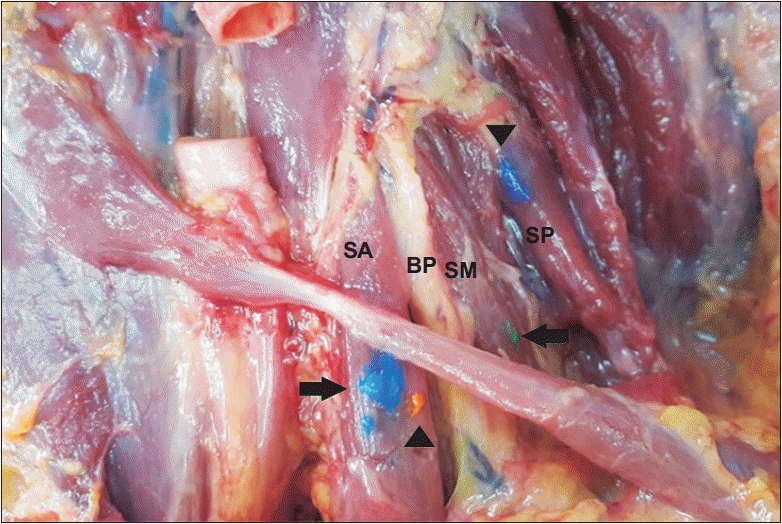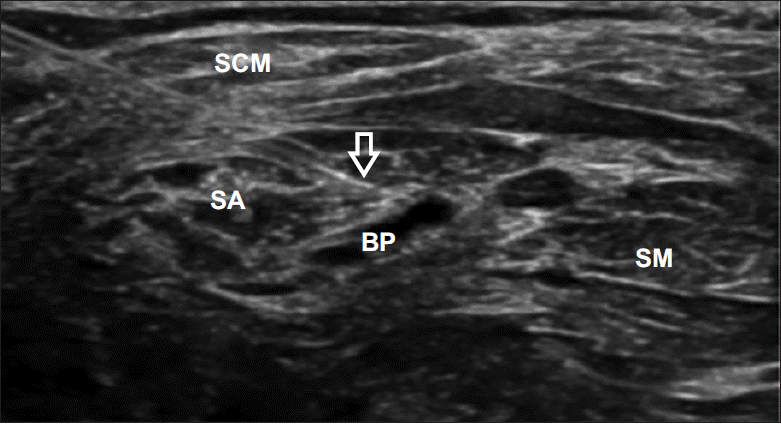1. Velickovic M, Benabou R, Brin MF. Cervical dystonia pathophysiology and treatment options. Drugs. 2001; 61:1921–43.
2. Van den Dool J, Visser B, Koelman JH, Engelbert RH, Tijssen MA. Long-term specialized physical therapy in cervical dystonia: outcomes of a randomized controlled trial. Arch Phys Med Rehabil. 2019; 100:1417–25.

3. Jinnah HA, Factor SA. Diagnosis and treatment of dystonia. Neurol Clin. 2015; 33:77–100.

4. Costa J, Espirito-Santo C, Borges A, Ferreira JJ, Coelho M, Moore P, et al. Botulinum toxin type A therapy for cervical dystonia. Cochrane Database Syst Rev. 2005; (1):CD003633.

5. Hefter H, Benecke R, Erbguth F, Jost W, Reichel G, Wissel J. An open-label cohort study of the improvement of quality of life and pain in de novo cervical dystonia patients after injections with 500 U botulinum toxin A (Dysport). BMJ Open. 2013; 3:e001853.
6. Skogseid IM, Malt UF, Roislien J, Kerty E. Determinants and status of quality of life after long-term botulinum toxin therapy for cervical dystonia. Eur J Neurol. 2007; 14:1129–37.

7. Comella C, Bhatia K. An international survey of patients with cervical dystonia. J Neurol. 2015; 262:837–48.

8. Henzel MK, Munin MC, Niyonkuru C, Skidmore ER, Weber DJ, Zafonte RD. Comparison of surface and ultrasound localization to identify forearm flexor muscles for botulinum toxin injections. PM R. 2010; 2:642–6.

9. Schnitzler A, Roche N, Denormandie P, Lautridou C, Parratte B, Genet F. Manual needle placement: accuracy of botulinum toxin A injections. Muscle Nerve. 2012; 46:531–4.

10. Yang EJ, Rha DW, Yoo JK, Park ES. Accuracy of manual needle placement for gastrocnemius muscle in children with cerebral palsy checked against ultrasonography. Arch Phys Med Rehabil. 2009; 90:741–4.

11. Kaymak B, Kara M, Gurcay E, Ozcakar L. Sonographic guide for botulinum toxin injections of the neck muscles in cervical dystonia. Phys Med Rehabil Clin N Am. 2018; 29:105–23.

12. Schramm A, Baumer T, Fietzek U, Heitmann S, Walter U, Jost WH. Relevance of sonography for botulinum toxin treatment of cervical dystonia: an expert statement. J Neural Transm (Vienna). 2015; 122:1457–63.

13. Brodsky MA, Swope DM, Grimes D. Diffusion of botulinum toxins. Tremor Other Hyperkinet Mov (N Y). 2012; 2:tre–02.

14. Walter U, Dressler D. Ultrasound-guided botulinum toxin injections in neurology: technique, indications and future perspectives. Expert Rev Neurother. 2014; 14:923–36.

15. Fujimoto H, Mezaki T, Yokoe M, Mochizuki H. Sonographic guidance provides a low-risk approach to the longus colli muscle. Mov Disord. 2012; 27:928–9.

16. Hong JS, Sathe GG, Niyonkuru C, Munin MC. Elimination of dysphagia using ultrasound guidance for botulinum toxin injections in cervical dystonia. Muscle Nerve. 2012; 46:535–9.

17. Perotto AO. Anatomical guide for the electromyographer: the limbs and trunk. Springfield, IL: Charles C Thomas Publisher;2011.
18. Lee JH, Lee KY, Kim JY, Son WH, Jeong JH, Gil Jeong Y, et al. Botulinum toxin injection-site selection for a smooth shoulder line: an anatomical study. Biomed Res Int. 2017; 2017:3092720.

19. Truong D, Dressler D, Hallett M. Manual of botulinum toxin therapy. Cambridge, UK: Cambridge University Press;2009.
20. Spinner DA, Kirschner JS, Herrera JE. Atlas of ultrasound guided musculoskeletal injections. New York, NY: Springer;2014.
21. Yi YG, Kim K, Yi Y, Choi YA, Leigh JH, Bang MS. Botulinum toxin type A injection for cervical dystonia in adults with dyskinetic cerebral palsy. Toxins (Basel). 2018; 10:203.

23. Ziv YB, Kardosh R, Debi R, Backstein D, Safir O, Kosashvili Y. An inexpensive and accurate method for hip injections without the use of imaging. J Clin Rheumatol. 2009; 15:103–5.

24. Sung DH, Choi JY, Kim DH, Kim ES, Son YI, Cho YS, et al. Localization of dystonic muscles with 18F-FDG PET/CT in idiopathic cervical dystonia. J Nucl Med. 2007; 48:1790–5.

25. Lee IH, Yoon YC, Sung DH, Kwon JW, Jung JY. Initial experience with imaging-guided intramuscular botulinum toxin injection in patients with idiopathic cervical dystonia. AJR Am J Roentgenol. 2009; 192:996–1001.

26. Kaymak B, Kara M, Yagiz On A, Soylu AR, Ozcakar L. Innervation zone targeted botulinum toxin injections. Eur J Phys Rehabil Med. 2018; 54:100–9.






 PDF
PDF Citation
Citation Print
Print




 XML Download
XML Download